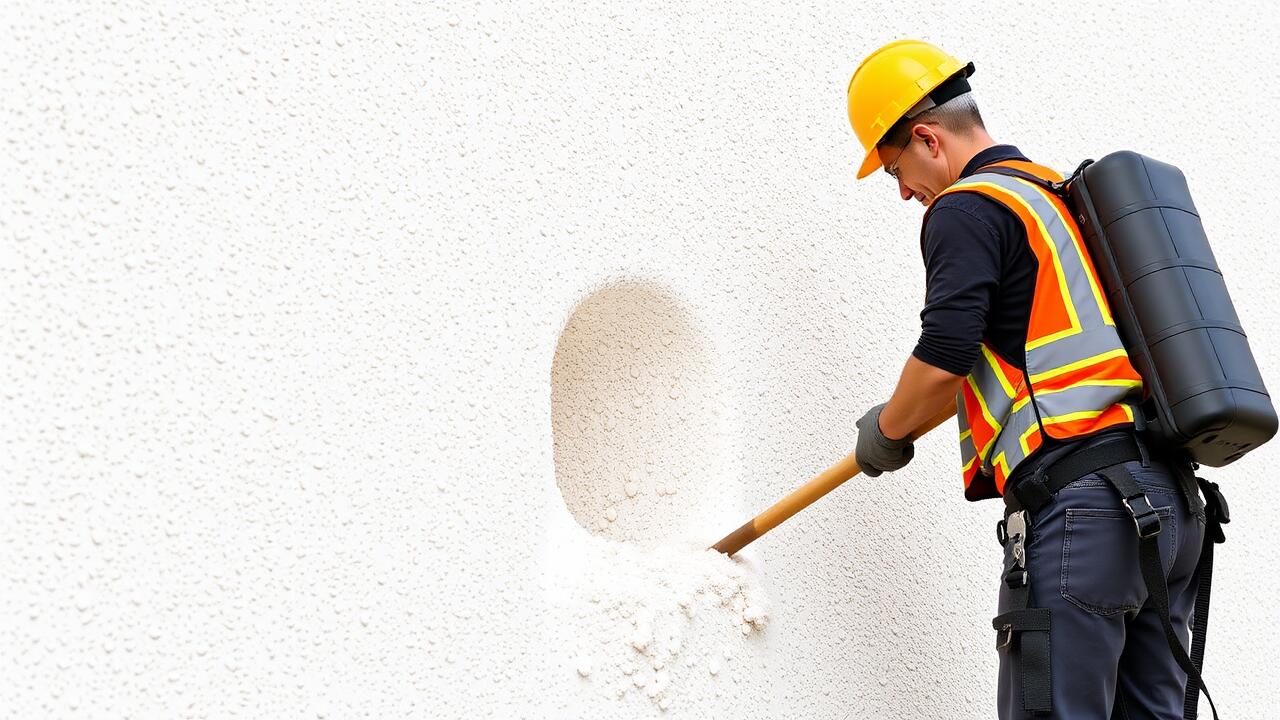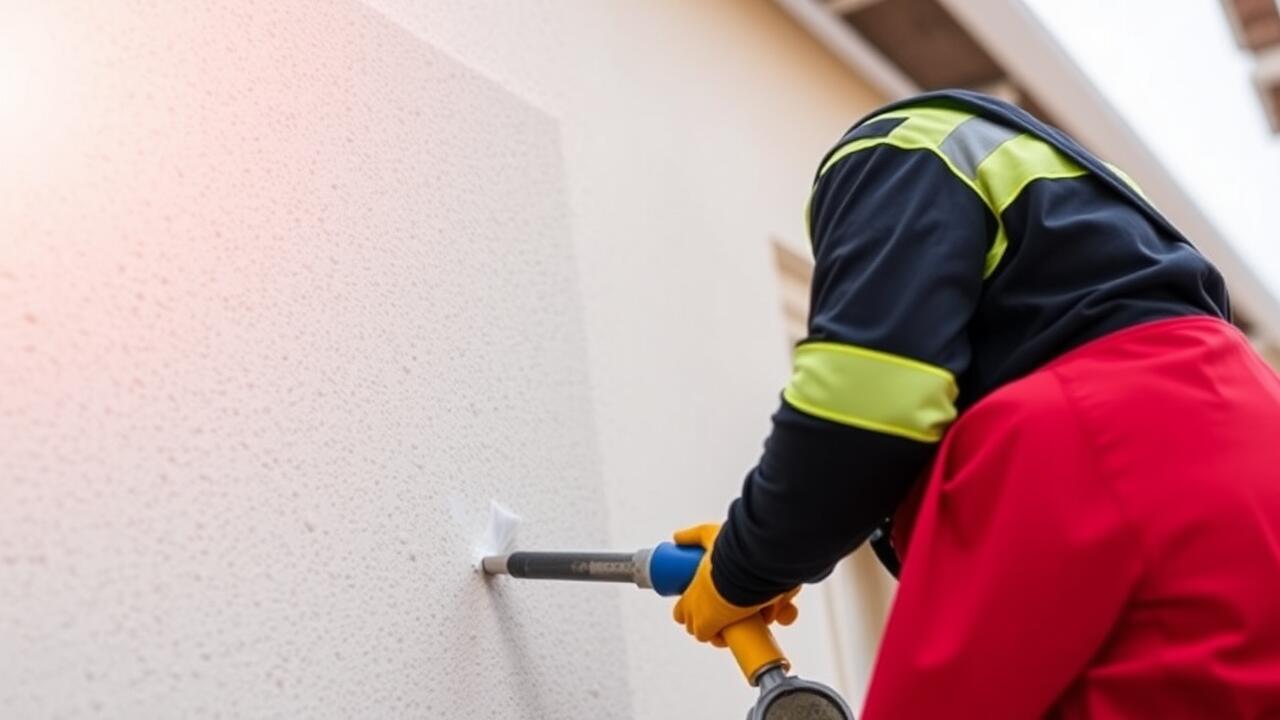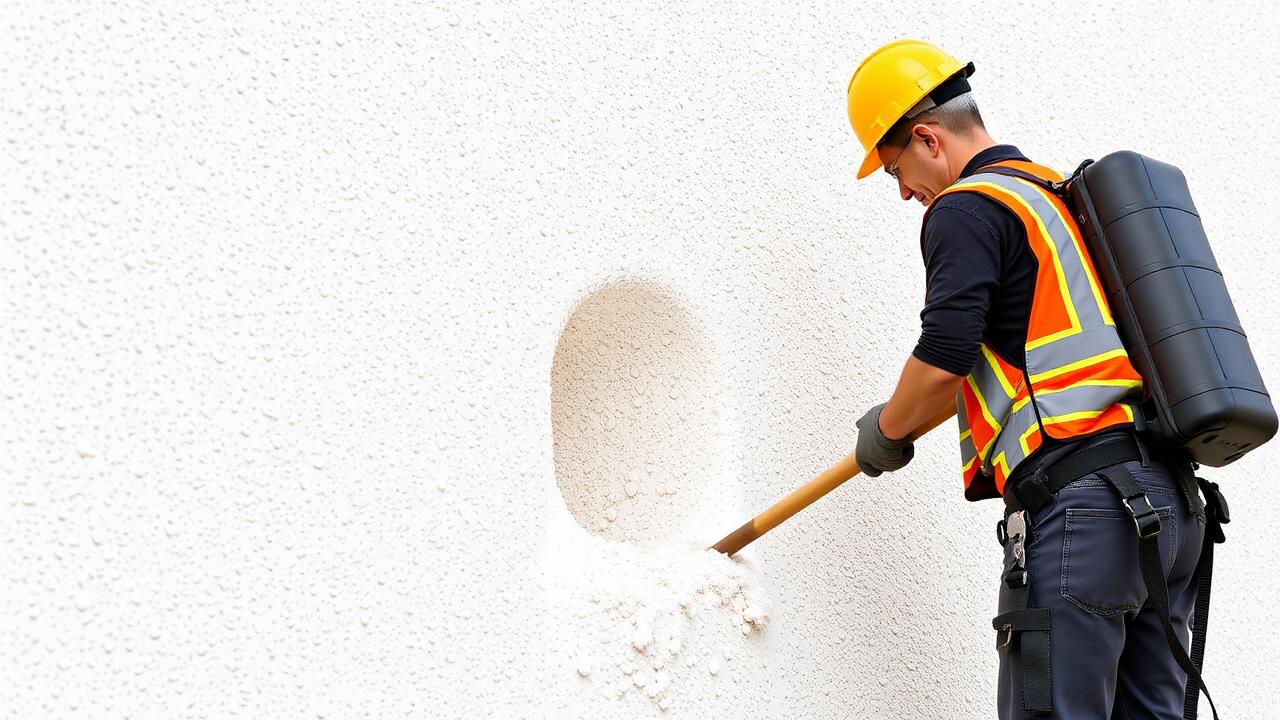
Skill Level Requirements
The skill level required for mechanical stucco removal often necessitates some specialized training or experience. Operators need to understand how to operate tools such as chisels, grinders, or pneumatic equipment effectively. This involves not only practical skills but also knowledge of the material and its application. Many contractors or individuals undertaking this method may have prior experience in construction or renovation. Searching online for “Stucco Removal near me” can help find professional services with the appropriate expertise.
On the other hand, manual stucco removal typically demands less specialized skill, making it more accessible for DIY enthusiasts. While basic tools like scrapers or hammers can be used, a good understanding of the material and careful technique is still important. Safety considerations play a crucial role in this approach, as it's easy to cause injury or damage if one is not cautious. Amateur handymen might find resources and tutorials available online to assist in learning manual methods, enhancing their confidence in tackling this home renovation task.
Assessing the Expertise Needed for Each Method
When considering stucco removal, the skill level required varies significantly between mechanical and manual methods. Mechanical removal typically calls for specialized tools and equipment, which can be daunting for those without prior experience. This approach requires not only familiarity with power tools but also an understanding of the nuances involved in operating them effectively. Homeowners seeking this option may benefit from hiring professionals or seeking tutorials to grasp the techniques involved.
On the other hand, manual stucco removal may seem more approachable for the average homeowner. This method often involves simpler hand tools and can be executed with basic physical labor and some patience. However, achieving a clean finish while avoiding damage to the underlying structures still necessitates a certain level of expertise. Individuals interested in undertaking this task can search for “stucco removal near me” to find resources or workshops that provide practical guidance and insights from experienced practitioners in their area.
Safety Considerations
When considering safety protocols, the choice between mechanical and manual stucco removal greatly influences the potential hazards involved. Mechanical methods often require heavy machinery which can pose risks of accidents if not handled properly. Proper training and equipment, including personal protective gear like goggles and masks, are essential for operators. On the other hand, manual stucco removal typically involves hand tools, which may reduce the risk of large-scale accidents. However, it can still lead to injuries such as cuts, bruises, or repetitive strain injuries from the physical labor involved.
Regardless of the method chosen, ensuring a safe working environment is paramount. Adequate ventilation is crucial to minimize dust exposure, particularly with older stucco that may contain hazardous materials like asbestos. Homeowners seeking solutions may consider searching for “stucco removal near me” to find local experts who prioritize safety. These professionals often have well-established safety protocols in place, mitigating risks associated with each removal method while ensuring compliance with regulations.
Comparing Safety Protocols for Both Techniques
When it comes to the safety protocols associated with mechanical and manual stucco removal, each method presents its own set of challenges and best practices. Mechanical methods often involve the use of power tools, which require specific safety gear such as goggles, dust masks, and gloves. These tools can generate a significant amount of dust and debris, necessitating the establishment of a safe work environment to avoid injury. Additionally, ensuring proper ventilation is crucial to mitigate inhalation of harmful particles during the removal process.
Manual stucco removal, on the other hand, emphasizes the need for careful technique to reduce the risk of physical injury. Workers should be trained in safe handling of chisels and hammers to prevent accidents. Personal protective equipment, including heavy-duty gloves and eye protection, remains important in this method as well. Individuals searching for "Stucco Removal near me" should ensure that any professionals they hire follow strict safety protocols to guarantee their wellbeing and the integrity of the surrounding workspace.
Environmental Impact
The environmental impact of stucco removal can vary significantly between mechanical and manual methods. Mechanical removal often results in a greater amount of debris and dust, which can contribute to air pollution if not properly managed. The machinery used in these processes may consume more energy compared to manual techniques. Disposal of the removed stucco may also pose challenges, especially if the material contains harmful substances, requiring careful consideration of waste management practices.
Manual removal typically generates less airborne debris and allows for more control over the amount of waste produced. Careful handling of the stucco can lead to less environmental disruption. Homeowners searching for "Stucco Removal near me" should consider the environmental policies of local contractors. Some may have sustainable practices in place, helping to minimize the ecological footprint of the removal process while ensuring the health of surrounding areas.
Evaluating Waste Management in Each Approach
Waste management is a critical aspect when considering stucco removal methods. The mechanical approach often generates a considerable amount of debris, which may require specialized disposal techniques due to potential contaminants in the material. This method can be efficient for large projects but necessitates a clear plan for handling the waste generated. Local regulations may dictate how to dispose of construction debris properly, so it's essential to check guidelines that apply in your area when searching for “stucco removal near me.”
On the other hand, manual stucco removal typically produces less waste and allows for more precise control over what is discarded. Contractors using this method can often salvage materials for recycling or reuse, which can mitigate environmental impact. However, even manual methods require proper waste disposal procedures to ensure compliance with local laws. Homeowners should inquire about eco-friendly options when sourcing services and weigh the environmental implications of their choice alongside the physical and logistical challenges of stucco removal.
FAQS
What are the main differences between mechanical and manual stucco removal?
The main differences include the tools used, the speed of the process, skill level required, and the potential for damage to underlying surfaces. Mechanical removal is generally faster and requires specialized equipment, whereas manual removal relies on hand tools and can be more labor-intensive.
Which method of stucco removal is safer?
Safety can vary depending on the specific circumstances, but both methods require proper safety protocols. Mechanical removal might pose risks due to flying debris and noise, while manual removal may involve less heavy equipment but can still lead to injuries if proper precautions are not taken.
How does the environmental impact differ between mechanical and manual stucco removal?
Mechanical removal can generate more waste due to the use of machines and may require more energy. Manual removal may produce less waste if done carefully, but both methods need to consider waste management practices to minimize environmental effects.
Is one method more cost-effective than the other?
Cost-effectiveness can depend on the scale of the project and labor costs. Mechanical removal might incur higher upfront costs due to equipment rental or purchase, while manual removal may be cheaper in terms of equipment but could require more labor hours, affecting overall expenses.
What skill level is required for each method of stucco removal?
Mechanical stucco removal typically requires a higher skill level due to the operation of specialized equipment, while manual removal can be performed by individuals with basic handyman skills, although experience is still beneficial for efficiency and safety.


